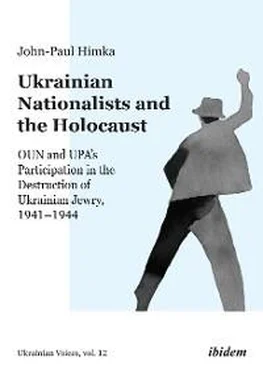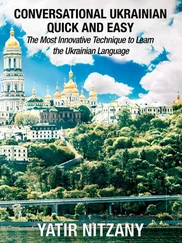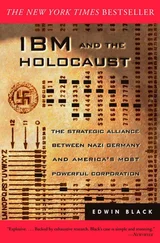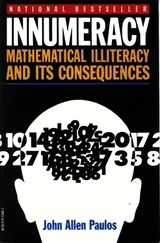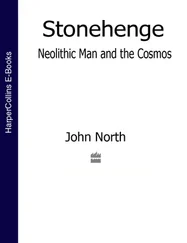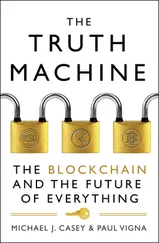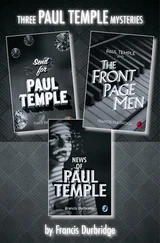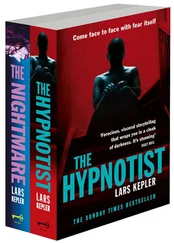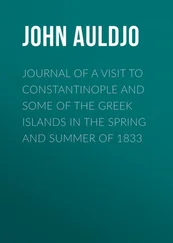102Himka, “ Krakivski visti and the Jews.” Himka, “Ethnicity and the Reporting of Mass Murder.”
103Kogon was a Christian who opposed the Nazis and paid for this with six years in Buchenwald. After the war he wrote the first major analysis of the concentration camp system, Der SS Staat (1946), published in English as The Theory and Practice of Hell .
104Ianiv, “Za dobre im”ia ukrains’koho narodu.”
105The last major review of the metropolitan’s thoughts and actions during the Holocaust was my own: Himka, “Metropolitan Andrei Sheptytsky and the Holocaust.”
106“Ukraintsi i zhydy.”
107See, for example, Radchenko, “‘Niemcy znaleźli.’“
108See below, 208-10.
109Translation taken from Berkhoff and Carynnyk, “The Organization of Ukrainian Nationalists,” 170-71; Ukrainian text: 153, 162. Underlining in the original.
110Author’s translation. German text: Berkhoff and Carynnyk, “The Organization of Ukrainian Nationalists,” 167. Underlining in the original.
111See above, 42-44.
112Hunczak, “Problems of Historiography,” 136-38.
113Hunczak, “A Reappraisal.” See also the response: Szajkowski, “‘A Reappraisal.’“
114Hunczak, “Ukrainian-Jewish Relations.” The Deschênes Commission was active in 1985-86 investigating alleged war criminals among the Ukrainian and Baltic communities in Canada. Conflicts arose between these communities and some Jewish organizations over the use of Soviet evidence.
115Grimsted, “‘Trophy’ Archives,” 6.
116This is easily checkable in the searchable files of Dilo at libraria.ua.
117There is a document from 1938 in which Stetsko added in his own hand the words “ Pryntsypy ukrains’koi propahandy .” Reproduced in Carynnyk, “‘A Knife in the Back,’“ 7 (point 8a). This document has extensive additions in Stetsko’s handwriting, and they can be compared to the handwritten additions in the small photoreproduction of a passage from the autobiography in Berkhoff and Carynnyk, “The Organization of Ukrainian Nationalists,” 153. To me the handwriting and method of making insertions look the same, but I am not a specialist in analyzing handwriting and I have seen too little of the original of the Ukrainian autobiography. Stetsko’s widow, Slava Stetsko, shown a copy of the autobiography by Zhanna Kovba, denied that it was her late husband’s writing. Kovba, Liudianist’ u bezodni pekla , 225.
118On a more abstruse point, Hunczak was exercised about the typewriter, which at first he thought had no g (some Ukrainian keyboards lack them), but then he found examples of g in the autobiography. Thus, he argued, there was no reason for a Western Ukrainian not to be using a g where expected in the ortho-graphy and in the transcription of foreign words and place names. But I myself have used different Ukrainian keyboards, and more than once it has taken me a long time to discover whether the keyboard had a g as well as an h , since the placement of g on the keyboard was not and still has not been standardized. Stetsko was using an unfamiliar typewriter in Berlin and may not have found the g until near the end of his typescript, where the g ’s in fact appear.
119Herasymenko, Orhanizatsiia Ukrains’kykh Natsionalistiv , 28.
120Berkhoff and Carynnyk, “The Organization of Ukrainian Nationalists,” 153-56.
121The pro-OUN historian Volodymyr Kosyk also accepted the autobiography as genuine. See Berkhoff, “A Power Terrible for Its Opponents,” 199 n. 10.
122Only three pages of The Book of Facts ( Knyha faktiv ) were made public at that time. But the whole 60-page text is available on line http://avr.org.ua/index.php/viewDoc/3188/(accessed 10 December 2018).
123“U Sluzhbi bezpeky Ukrainy vidbulys’ Hromads’ki istorychni slukhannia.” “Iak tvorylasia lehenda pro Nachtigall” (source of quotation). “Dokumenty SBU.”
124See below, 169-70.
125Rybakov, “Marko Tsarynnyk.” Himka, “Be Wary.”
126Riabenko, “‘Knyha faktiv,’“ 103-08. Riabenko’s study is well researched and at the same time a one-sided polemic.
127Himka, “The Lontsky Street Prison Memorial Museum,” 146-52.
128Krentsbakh, “Zhyvu shche zavdiaky UPA.”
129This was also indicated in her published memoir: Ibid., 349.
130Friedman, “Ukrainian-Jewish Relations,” 203-04 n. 57.
131Kordiuk, “Pro liudei.” Kordiuk was one of the Banderites who was arrested and survived Auschwitz.
132Kovba, Liudianist’ u bezodni pekla , 113-14. She mistakenly wrote that the memoirs had been first published in Israel.
133V”iatrovych, Stavlennia OUN do ievreiv , 79.
134 http://mosesfishbein.blogspot.com/2009/10/memoirs-of-stella-krenzbach-i-am-alive.html(accessed 11 December 2018). The English translation was by Marta D. Olynyk. Apparently, Fishbein also had no luck in finding an original publication in the Washington Post .
135Among those who fell for the Krenzbach fabrication was the well-known Sovietologist Paul Goble. Rudling, The OUN, the UPA and the Holocaust , 31-32.
Конец ознакомительного фрагмента.
Текст предоставлен ООО «ЛитРес».
Прочитайте эту книгу целиком, купив полную легальную версию на ЛитРес.
Безопасно оплатить книгу можно банковской картой Visa, MasterCard, Maestro, со счета мобильного телефона, с платежного терминала, в салоне МТС или Связной, через PayPal, WebMoney, Яндекс.Деньги, QIWI Кошелек, бонусными картами или другим удобным Вам способом.
